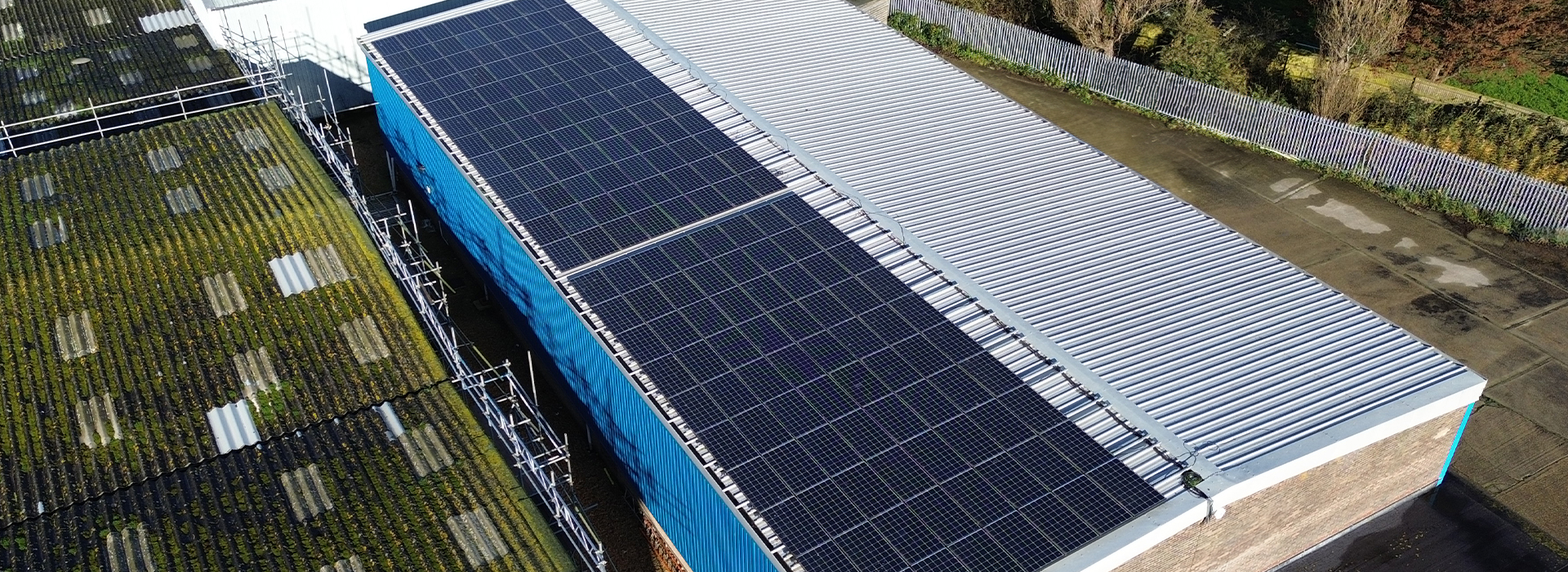Fall protection is a critical aspect of workplace safety, particularly in industries where employees are exposed to elevated work areas. In the United Kingdom, ensuring the safety of workers from fall hazards is not just a moral imperative but also a legal requirement. In this article, we delve into the specific types of fall protection systems available in the UK and their significance in safeguarding workers.
Introduction to Fall Protection
Fall protection encompasses a range of measures designed to prevent or mitigate injuries resulting from falls in the workplace. These measures are essential in industries such as construction, maintenance, and manufacturing, where employees often work at heights.
Importance of Fall Protection in the UK
In the UK, falls from height are one of the leading causes of workplace fatalities and serious injuries. As per the Health and Safety Executive (HSE), falls accounted for a significant portion of workplace fatalities in recent years, highlighting the crucial need for effective fall protection measures.
Legal Requirements for Fall Protection
The UK has stringent regulations in place to ensure the safety of workers at height. The Work at Height Regulations 2005 outline the duties of employers and employees regarding the planning, execution, and supervision of work at height activities. Failure to comply with these regulations can result in severe penalties.
Types of Fall Protection Systems
Hierarchy of Fall Protection
The hierarchy of fall protection emphasizes the importance of implementing preventative measures to eliminate or reduce fall hazards. It includes steps such as avoiding work at height where possible, using collective protection measures, and providing personal protective equipment (PPE) as a last resort.
Passive Fall Protection Systems
Passive fall protection systems are designed to provide continuous protection without the need for active user involvement. Examples include guardrails, safety nets, and toe boards, which create physical barriers to prevent falls.
Active Fall Protection Systems
Active fall protection systems rely on equipment worn or attached to the worker to arrest falls in progress. Safety harnesses, lanyards, and lifelines are common examples of active fall protection equipment.
Common Types of Fall Protection Equipment
Safety Harnesses
Safety harnesses are integral to fall arrest systems, distributing the forces of a fall across the wearer’s body to reduce injury risk.
Guardrails
Guardrails provide a passive barrier along exposed edges, platforms, or openings, preventing accidental falls.
Safety Nets
Safety nets are installed below work areas to catch workers or objects in the event of a fall, minimizing the risk of injury or damage.
Anchorage Points
Anchorage points are fixed structures to which fall arrest equipment can be attached, ensuring secure connections for workers at height.
Lanyards and Lifelines
Lanyards and lifelines are components of fall arrest systems, connecting the worker’s harness to a secure anchor point to arrest falls.
Factors to Consider When Choosing Fall Protection Systems
When selecting fall protection systems, employers must consider various factors to ensure effectiveness and compliance with regulations. These factors include the specific workplace environment, the frequency of use, and the level of training provided to workers.
Proper Installation and Maintenance of Fall Protection Systems
Installing and maintaining fall protection systems is crucial to their effectiveness. Regular inspections, proper installation techniques, and adherence to manufacturer guidelines are essential to ensure the reliability of these systems.
Case Studies of Fall Protection Incidents
Examining real-life incidents can provide valuable insights into the consequences of inadequate fall protection measures. Case studies highlight the importance of proactive safety measures and the potential consequences of non-compliance with regulations.



